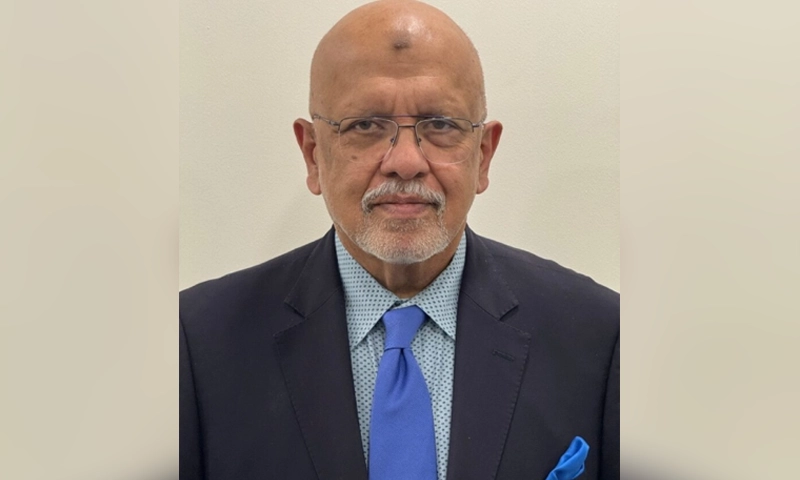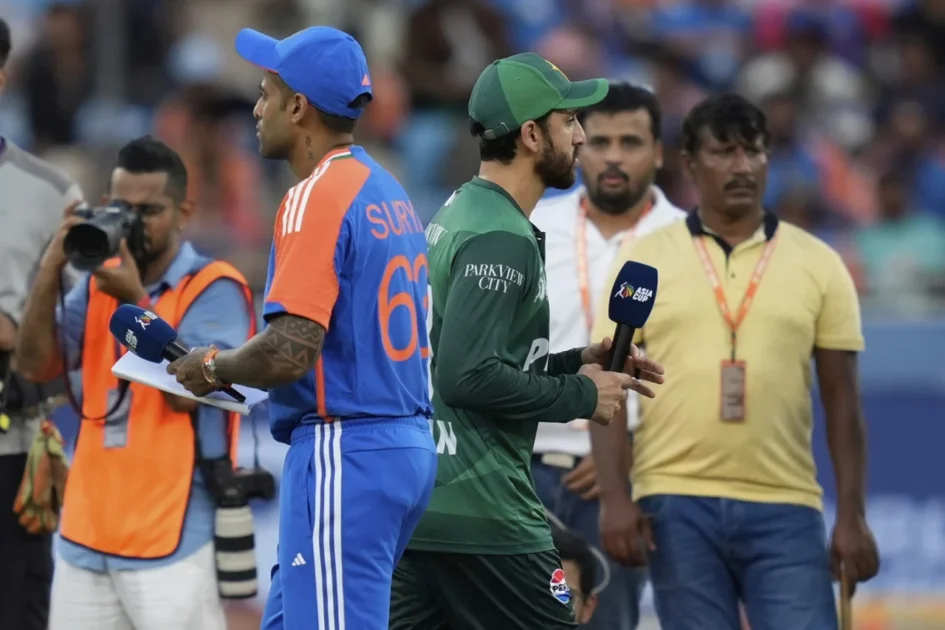- Rehan Ahmed
- Sep 16, 2025
India’s global power status gets knocked down
As Kashmiris came together to commemorate a vital remembrance on Tuesday (5th August), Indian prime minister Narendra Modi faced increasing trouble on India’s once much celebrated economy.
In sharp contrast to the days when India under Modi’s rule celebrated its economic success, a variety of new reality checks have rapidly emerged to dominate that image.
Together, the down side risks to India’s economy notably the widening gap between the rich and the poor, have removed the gloss from the image of south Asia’s largest country.
Pakistan clinches breakthrough in US tariff negotiations
Tuesday’s anniversary remembered India’s decision under Modi in 2019 to revoke articles 370 and 35A of the Indian constitution, that gave a special status to India’s state of Kashmir and empowered the state’s government to define “permanent residents” of the state.
The removal of the special status of Kashmir that gave token safeguards under the Indian constitution to India’s only predominantly muslim state, has been repeatedly opposed by Kashmiris.
As the political discord deepens across Indian controlled Kashmir, the glaring contradictions continue on India’s economic front. Once India was repeatedly celebrated as the world’s latest economic success story.
But US president Donald Trump’s decision to impose a 25 per cent tariff on Indian exports and label India as a ‘dead’ economy, has quickly triggered a new and harsh image. The ‘dead’ economy label has been picked by India’s opposition leaders in recent attacks inside the Indian parliament.
Land travel banned for pilgrims to Iran, Iraq; special flights arranged
Notable reality checks have been triggered by such compelling realities as the concentration of wealth around India’s far too few. Recent research has shown that as few as ten per cent of India’s population holds charge of 55 per cent of its wealth. On the other end of the spectrum emerged the very powerful view, of half of India’s population together holding charge of about thirteen per cent of its wealth.
Another aspect of this contradiction was highlighted in May this year with Pakistan shooting down at least three of Indian flown French made Rafale fighter planes, once celebrated for lifting India’s ability to wage war in future. The contract for the total purchase of 59 Rafale fighters at a staggering cost of about U$ 15.4 billion has yet again raised a hugely compelling question. As India faces the needs of its impoverished population, questions must be raised over its purchase of some of the world’s most expensive weapons.
Pakistan rejects claims of its nationals in Ukraine conflict
As for the future, India continues to face the possibility of continuing American economic pressure. President Donald Trump’s decision to impose higher tariffs on India was largely taken due to India’s continuing business relations with Russia such as India’s purchase of Russian oil. With a history of almost seven decades of Russia’s economic relations with India, it is difficult to imagine India walking away freely from that relationship any time soon.




